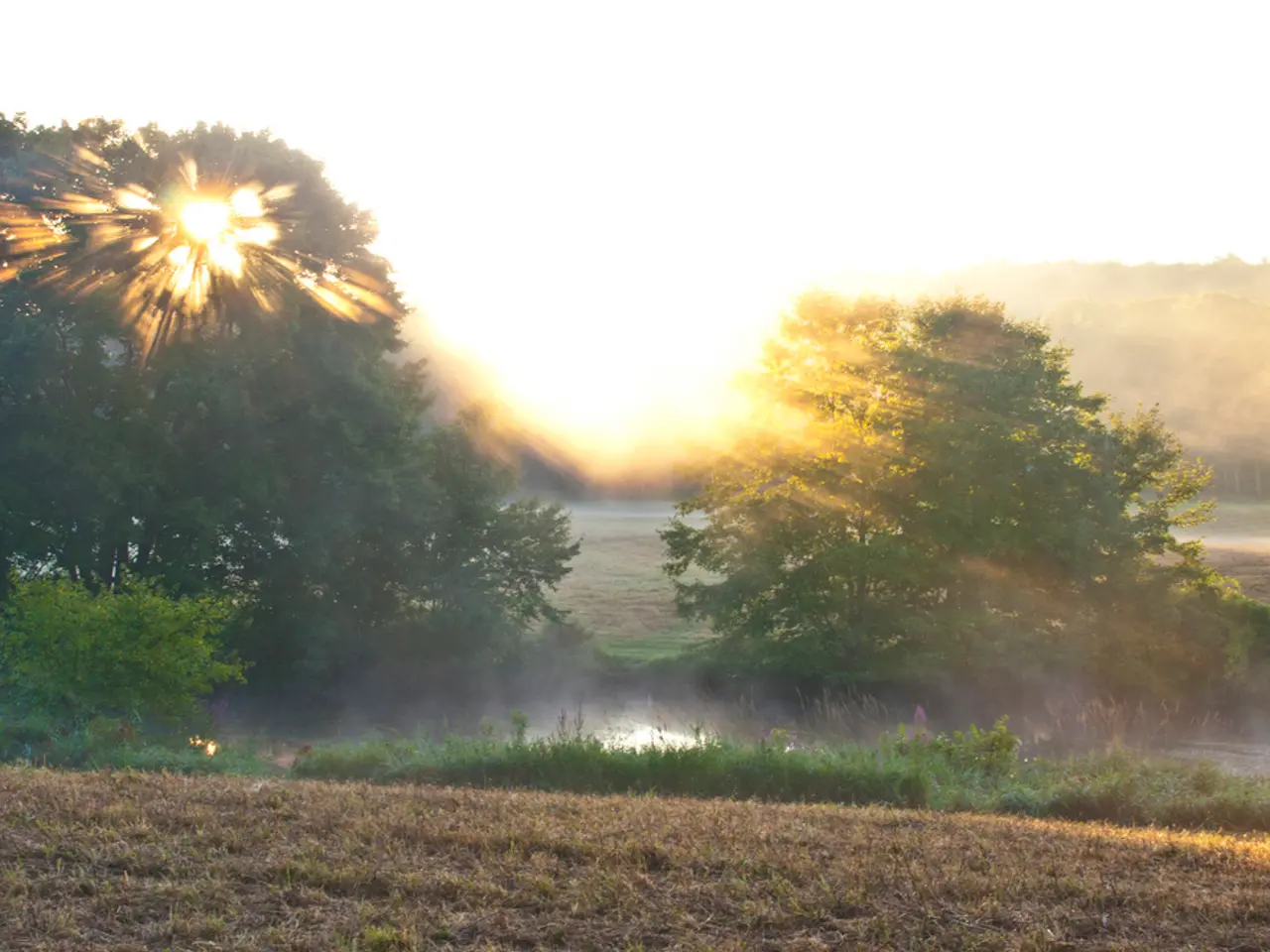Enhancing Climate Understanding Yields Practical Skills in 5 Key Ways
In an effort to combat climate change and foster a deeper connection with the environment, children are being encouraged to engage in outdoor learning experiences. These activities not only enhance their understanding of climate change but also promote environmental stewardship and integrate STEM education.
One of the key benefits of outdoor learning is sensory learning. Being outdoors allows children to observe, feel, and even smell changes in weather patterns, enriching their observational skills and helping them understand the immediate effects of climate change. By using weather stations and other outdoor instruments, children can measure wind speed, track temperature fluctuations, and engage with climate concepts in a more meaningful way.
Outdoor learning also encourages environmental stewardship by teaching children about the interconnectedness of ecosystems and their role within it. Field trips and outdoor activities expose students to real-world conservation efforts, helping them understand the practical implications of climate change and how they can contribute to solutions.
The integration of STEM education is another significant advantage of outdoor learning. By using observational data to create hypotheses about weather changes, children engage in scientific inquiry processes integral to STEM education, fostering curiosity and enthusiasm for learning about climate change.
Moreover, outdoor learning can help children understand systems thinking by linking individual actions to planetary-scale outcomes. Local observations help children understand how small-scale discoveries contribute to larger scientific understanding. Close contact with wildlife and ecosystems develops compassion for living systems, teaching children that climate change affects real creatures they've grown to care about.
Collaborative field studies also promote community engagement, reaching their full potential when children work alongside peers, neighbors, and local environmental organizations. These partnerships create lasting relationships with environmentally-minded families and give children's work real-world purpose as active community contributors.
Transforming school grounds into more natural and resilient environments can support learning and play while mitigating the impacts of climate change. Incorporating nature into outdoor learning spaces enhances children's connection with the environment, which is crucial for developing awareness and concern about climate change.
The path forward starts with a single step outside your door. Investing in outdoor learning experiences for children not only equips them with the skills necessary to understand climate change but also fosters a lifelong love for the environment. This love, in turn, fuels their environmental advocacy and creates the next generation of climate-conscious citizens.
[1] National Wildlife Federation (2021). The Benefits of Outdoor Learning. [Online] Available at: https://www.nwf.org/What-We-Do/Learning/Nature-Kindergartens/Benefits-of-Outdoor-Learning
[2] Environmental Education Service (2020). The Importance of Outdoor Learning. [Online] Available at: https://www.eescotland.org.uk/the-importance-of-outdoor-learning/
[3] The Nature Trust (2021). Climate-Resilient School Grounds. [Online] Available at: https://www.naturetrust.ca/climate-resilient-school-grounds/
[4] National Geographic Education (2020). Outdoor Learning. [Online] Available at: https://www.natgeok12.com/outdoor-learning/
[5] Children & Nature Network (2021). The Importance of Nature Connection. [Online] Available at: https://www.childrenandnature.org/research/importance-of-nature-connection/
- To complement their classroom learning and foster a deeper understanding of climate change, children can learn about environmental science by engaging in outdoor activities that use weather stations and other instruments to track temperature fluctuations and wind speed, instilling a practical, hands-on approach to STEM education.
- By participating in collaborative field studies and partnering with local environmental organizations, children not only learn about the interconnectedness of ecosystems and the impacts of climate change but also cultivate a lifelong love for the environment, developing into active contributors in their communities and future advocates for climate-conscious practices.




